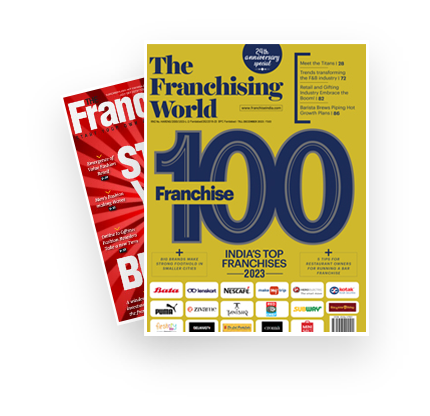
Malabar Gold & Diamonds, one of India’s leading jewellery retailers, is evaluating a potential entry into the lab-grown diamond (LGD) segment as it considers expanding its portfolio to address evolving consumer preferences.
The Kerala-headquartered company, with an annual turnover of $6.2 billion, is currently conducting market research to assess demand and define a separate branding strategy for lab-grown diamonds.
“We are exploring a differentiated approach, with a distinct identity for lab-grown diamonds,” said M.P. Ahammed, Chairman, Malabar Group, at a press event in Delhi. “The consumer profile is different, and we do not intend to integrate this offering with our natural diamond portfolio.”
While no timeline has been set for a market launch, the company emphasized that the decision will be based on long-term strategic considerations. “We are still in the research phase and want to understand whether there is sustained consumer interest,” said O. Asher, Managing Director, Malabar Gold & Diamonds. “We are not approaching this with a short-term mindset.”
If Malabar proceeds, it will join a small group of national jewellery chains experimenting with lab-grown diamonds. Senco Gold Ltd launched a pilot under the sub-brand Sennes last year, targeting value-conscious consumers seeking sustainable alternatives.
According to data from Wazir Advisors, India’s diamond market was valued at $6.2 billion in FY25, with lab-grown diamonds comprising approximately $400 million. By FY28, lab-grown diamonds are projected to reach $600 million, while natural diamonds are expected to grow to $8.6 billion.
Although India and China are key producers of lab-grown diamonds, domestic retail adoption has been modest. Industry observers note that lab-grown diamonds — typically priced 30–40% lower than natural diamonds — are gaining traction among younger consumers and brands seeking product diversification.
Malabar’s potential entry underscores the growing interest among legacy jewellery players in adapting to a changing market landscape shaped by affordability, sustainability, and shifting consumer attitudes.

